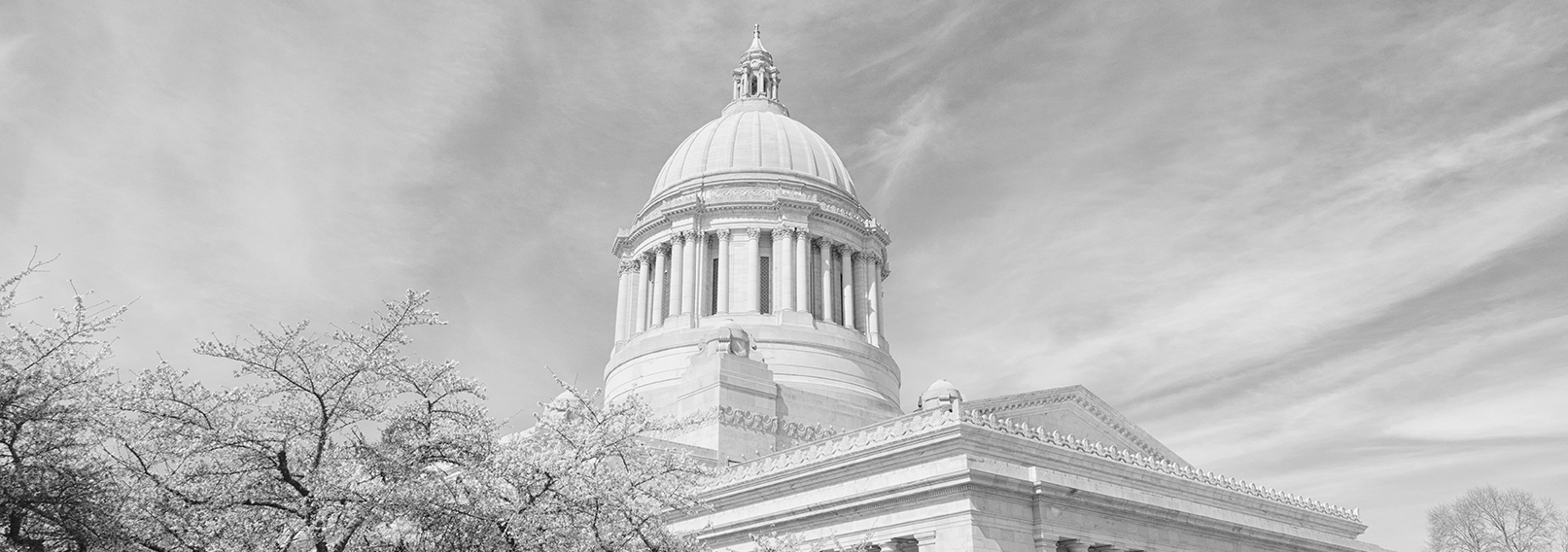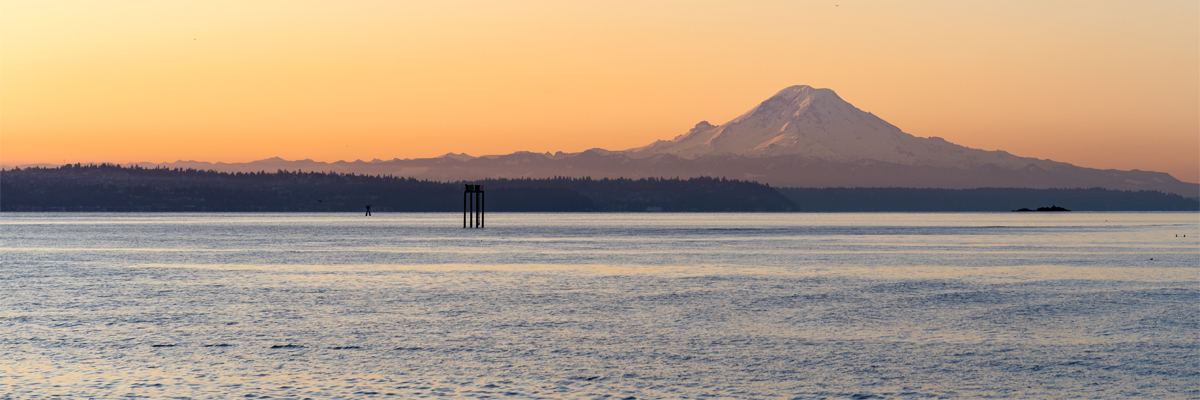What’s this “point oh-nine” thing people keep talking about?
Washington law allows “rural counties” to impose a 0.09% sales and use tax, called the Rural Public Facility Tax, that is credited against the state rate, to fund certain public facilities and economic development (RCW 82.14.370).
A rural county is defined as a county with a population density of less than 100 persons per square mile or a county smaller than 225 square miles. 32 of Washington State’s counties currently meet this definition. The statute was amended several times, changing the amount of tax and the expiration date, but for counties imposing the full rate of 0.09% prior to August 1, 2009, the tax expires 25 years after the tax was first imposed. See here for examples of how this tax has been put to good use.
Two bills that would affect this tax are still alive. One, SB 5868, adds affordable workforce housing as an authorized use of funds. “Public facilities” is currently defined as bridges, roads, domestic and industrial water facilities, sanitary sewer facilities, earth stabilization, storm sewer facilities, railroads, natural gas facilities, research, testing, training, and incubation facilities in innovation partnership zones, buildings, structures, telecommunications infrastructure, transportation infrastructure, or commercial infrastructure, and port facilities in the state. Not wanting the competition for funds, the ports are opposing the bill. It passed the Senate with a 41-8 vote, was amended in a House committee, and will need to go back to the Senate for concurrence if it passes the House in the next week or so.
The second bill is HB 1333. This bill clears up any confusion regarding when the Sales and Use Tax expires by setting a date certain of 2054. Last year, the bill passed the House unanimously but died in the Senate. This year, the bill passed the House with a 93-3 vote. It was heard in the Senate Ways & Means Committee on Thursday and has to pass out of committee by Monday.


